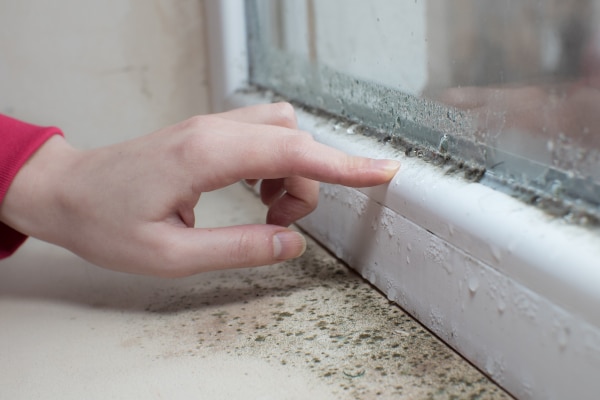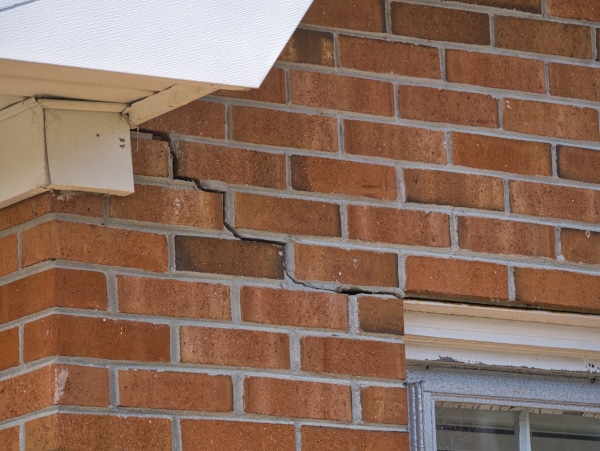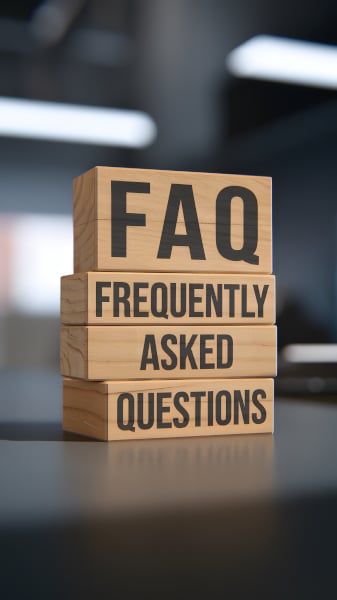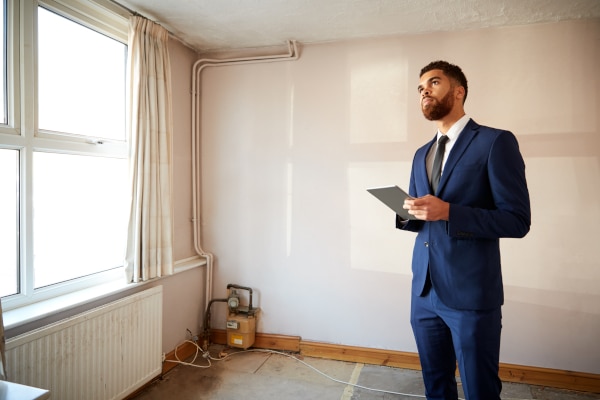If you’ve found serious defects after moving into your new home in Scotland, you might be wondering whether the surveyor who prepared the Home Report’s Single Survey can be held accountable. In this article, Wallace Quinn Solicitors, with offices in Glasgow, Livingston and Bathgate, outline when buyers may have a valid claim against a surveyor for negligence, how duty of care works in Scotland, and what steps you should take if you believe your Home Report was wrong.
The Home Report and Surveyor Duty of Care
When buying a property in Scotland, the Home Report is one of the most important documents you will see before committing to the purchase. It contains three key parts — the Single Survey, the Energy Report, and the Property Questionnaire. Of these, the Single Survey is prepared by a chartered surveyor and is intended to give a professional overview of the property’s condition and value.
Although the Home Report is commissioned and paid for by the seller, the surveyor’s role is not solely to serve the seller’s interests. Under Scottish property law, the surveyor also owes a duty of care to the buyer. This is because the law recognises that prospective purchasers rely on the report when deciding whether to proceed with the purchase and how much to offer.
This duty of care is central to the question of whether a buyer can claim compensation for Home Report surveyor negligence in Scotland.

When Might a Claim Succeed?
Not every defect found after moving in will give rise to a claim against the surveyor. A successful claim usually depends on proving that the surveyor failed to meet the standard expected of a reasonably competent professional.
For example, a claim might succeed if:
- The surveyor failed to identify a serious and obvious defect, such as significant structural cracking.
- The report gave an inaccurate or inflated valuation because key problems were overlooked.
- The survey contained incorrect factual statements — for instance, that a roof was in good condition when there were clearly visible missing or damaged tiles.
In each of these cases, the key factor is that the defect was visible at the time of inspection and should reasonably have been identified during a standard, non-intrusive survey. The defect must also have been present before the Date of Entry, not something that developed afterwards.
When a Claim Is Unlikely to Succeed
While it is important to understand when a claim might be possible, it is equally important to be realistic about when it is not.
A claim is unlikely to succeed if the defect:
- Was hidden or inaccessible during a visual-only inspection.
- Developed after the survey was carried out.
- Was flagged in the Home Report with a recommendation for further investigation, but the buyer chose not to follow that advice.
In practice, this means that if a problem is concealed behind walls, beneath flooring, or in parts of the roof that could not be seen without specialist access, the surveyor is unlikely to be held responsible.
Common Types of Home Report Disputes
Disputes about the accuracy or completeness of a Home Report can take many forms. In our experience, some of the most common issues that lead to claims against surveyors in Scotland include:
- Structural movement or cracking in walls and ceilings that was clearly visible at the time of inspection.
- Extensive damp or rot that could be detected without invasive testing.
- Roofing defects that could be identified from ground level.
- Valuation disputes where the property’s market value was significantly overstated due to missed defects.
Each of these examples highlights the importance of the surveyor’s professional judgement and the impact it can have on a buyer’s decision-making process.

Building a Case: What Evidence Will You Need?
If you are considering a claim against a surveyor, it is vital to gather as much evidence as possible to support your case. This might include:
- A copy of the original Home Report.
- Photographs showing the defect as it appeared shortly after you moved in.
- An independent expert report confirming that the defect existed before the Date of Entry and should have been identified in the Single Survey.
- Any communications between you, the seller, and the surveyor that touch on the defect.
The more detailed and contemporaneous your evidence, the stronger your position will be when seeking compensation.
What to Do if You Suspect Negligence
If you believe your Home Report was negligently prepared, it is important to act promptly. In Scotland, most professional negligence claims must be raised within five years of the date you became aware (or should reasonably have become aware) of the problem. Delay can make it much harder to gather the necessary evidence.
The steps you should take are:
- Seek immediate legal advice from a solicitor experienced in property and professional negligence claims.
- Commission an independent survey to confirm the defect and its likely duration.
- Keep a detailed record of events, including dates, photographs, and any remedial work undertaken.
- Avoid altering or repairing the defect until you have documented it fully — once repaired, it may be harder to prove your case.
Conclusion
If you’ve encountered problems after buying a house in Scotland that should have been identified in the Home Report, you may have a valid claim against the surveyor — even if you didn’t hire them directly. The law is clear that surveyors owe a duty of care to buyers, and negligence can result in liability for the cost of repairs and other losses.
The key to success lies in proving that the defect was visible, serious, and missed due to the surveyor’s failure to meet professional standards. Acting quickly, gathering strong evidence, and obtaining expert legal advice can greatly improve your chances of a successful outcome.
If you think your Home Report missed a serious issue, you may have a claim. At Wallace Quinn, we can assess the circumstances and advise whether a claim against the surveyor is likely to succeed. Contact our team today for expert, honest advice.
🔎 FAQ – Common Questions from Buyers
Q: Can I claim if the Home Report missed damp or rot?
A: Yes, if the issue was visible and the surveyor failed to note it or advise further inspection.
Q: The surveyor said the roof was in good condition, but it’s leaking — do I have a case?
A: Possibly, if the roof’s poor condition was visibly apparent at the time of inspection
Q: Do I have to prove the surveyor was negligent?
A: Yes — you’ll need evidence that the defect was present and visible, and that a competent surveyor should have picked it up.
Q: Is there a time limit to claim?
A: Yes — in Scotland, most negligence claims must be raised within 5 years, but you should seek advice as soon as the issue is discovered.
If you liked this, you might also like these articles:

